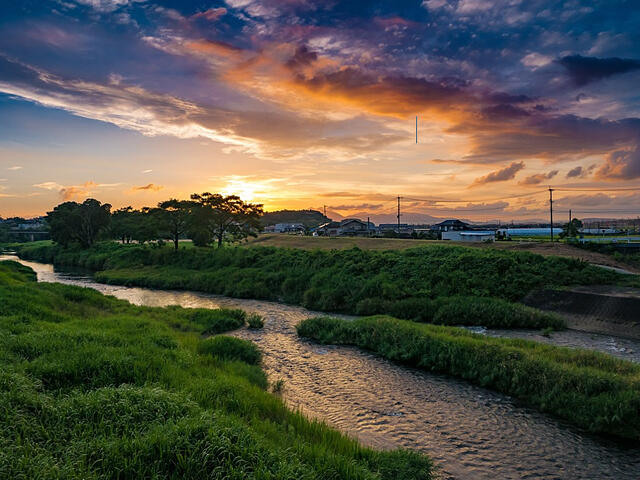A joint research group consisting of Associate Professor Taro Masuda of the Faculty of Agriculture, Setsunan University, Associate Professor Itsuro Koizumi of the Faculty of Environmental Earth Science, Hokkaido University, Associate Professor Yoshiko Shimono of the Graduate School of Agriculture, Kyoto University, and Researcher Daisuke Kishi of the Gifu Prefectural Research Institute for Fisheries and Aquatic Environments, used a genome-wide polymorphism analysis to identify and determine the distribution boundaries of subspecies of charr in the headwater streams of rivers in Honshu. The habitats of each subspecies were adjacent to each other across watershed divides, indicating that there was a struggle to expand the distribution between subspecies due to topographic changes at the distribution boundary. The group's findings were published in Journal of Biogeography.

River streams change significantly over time. In particular, near the headwaters of rivers in the Japanese archipelago, which has a dynamic geology, the geographical event known as "stream capture," in which a neighboring river takes away a certain part of a river basin due to topographic erosion, has led to the frequent repetition of steam realignments, including river backwaters, to the present day.
In their study, the researchers focused on charr, which inhabit only the headwaters of rivers in Honshu, as an indicator species for river capture, and successfully classified the charr of Honshu into three types: the Sea of Japan type (Nikko charr), the Pacific Ocean type (Yamato charr) and Lake Biwa charr, by studying in detail the differences between individuals of the charr genome.
They also examined the genotyping of charr populations in the headwaters of various rivers in Honshu, including those where stream capture had actually occurred. The Japanese charr population living in areas where stream capture occurred (now the Sea of Japan basin) belongs to the pre-capture group (Lake Biwa basin), indicating that stream capture contributed to the expansion of the charr's distribution beyond its own basin. In other studied rivers, there are sites where the distribution of charr had expanded across river systems, indicating that an unknown stream capture event may have occurred in the distant past.
The research methods employed in this study show the potential for uncovering the history of topographic formations from the natural distribution of native fish populations.
Journal Information
Publication: Journal of Biogeography
Title: Systematic headwater sampling of white-spotted charr reveals stream capture events across dynamic topography
DOI: 10.1111/jbi.14553
This article has been translated by JST with permission from The Science News Ltd. (https://sci-news.co.jp/). Unauthorized reproduction of the article and photographs is prohibited.




